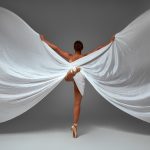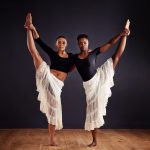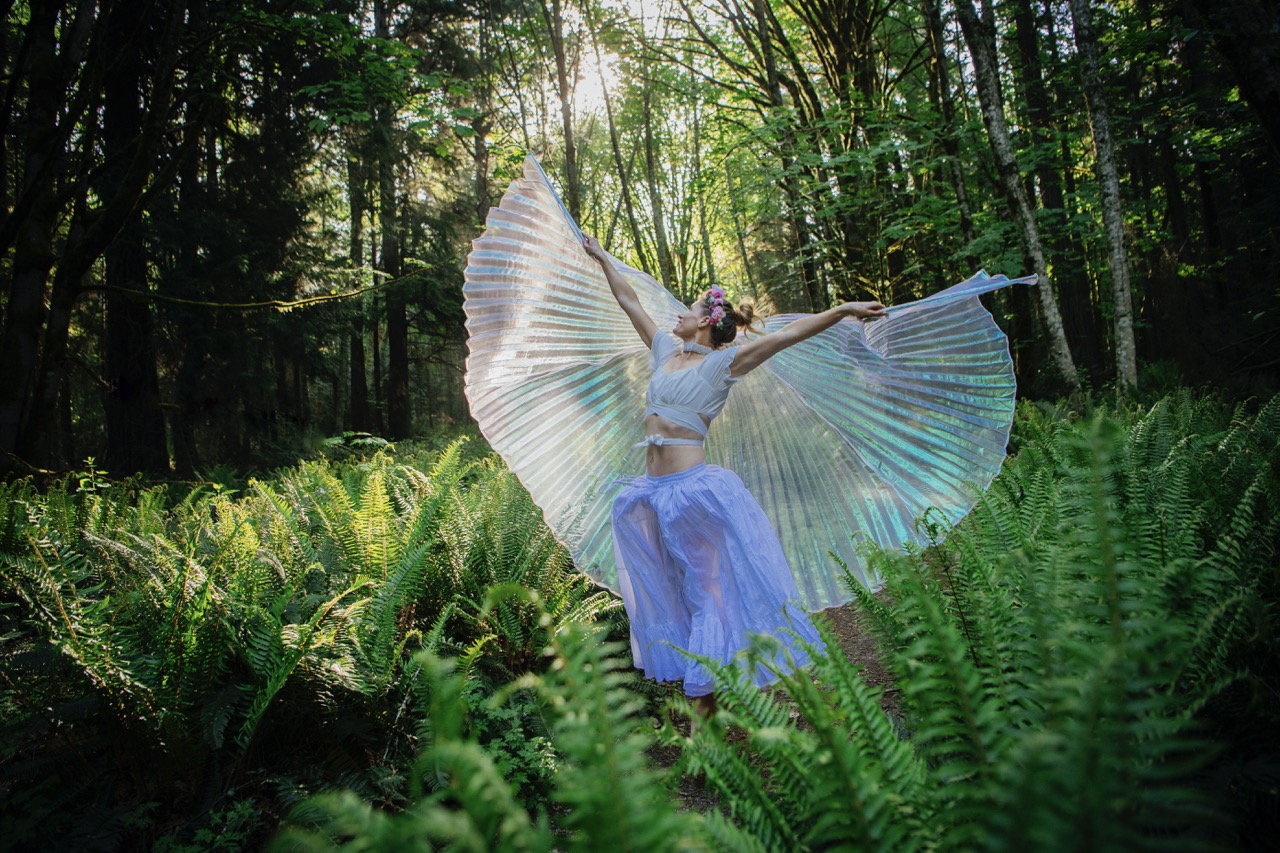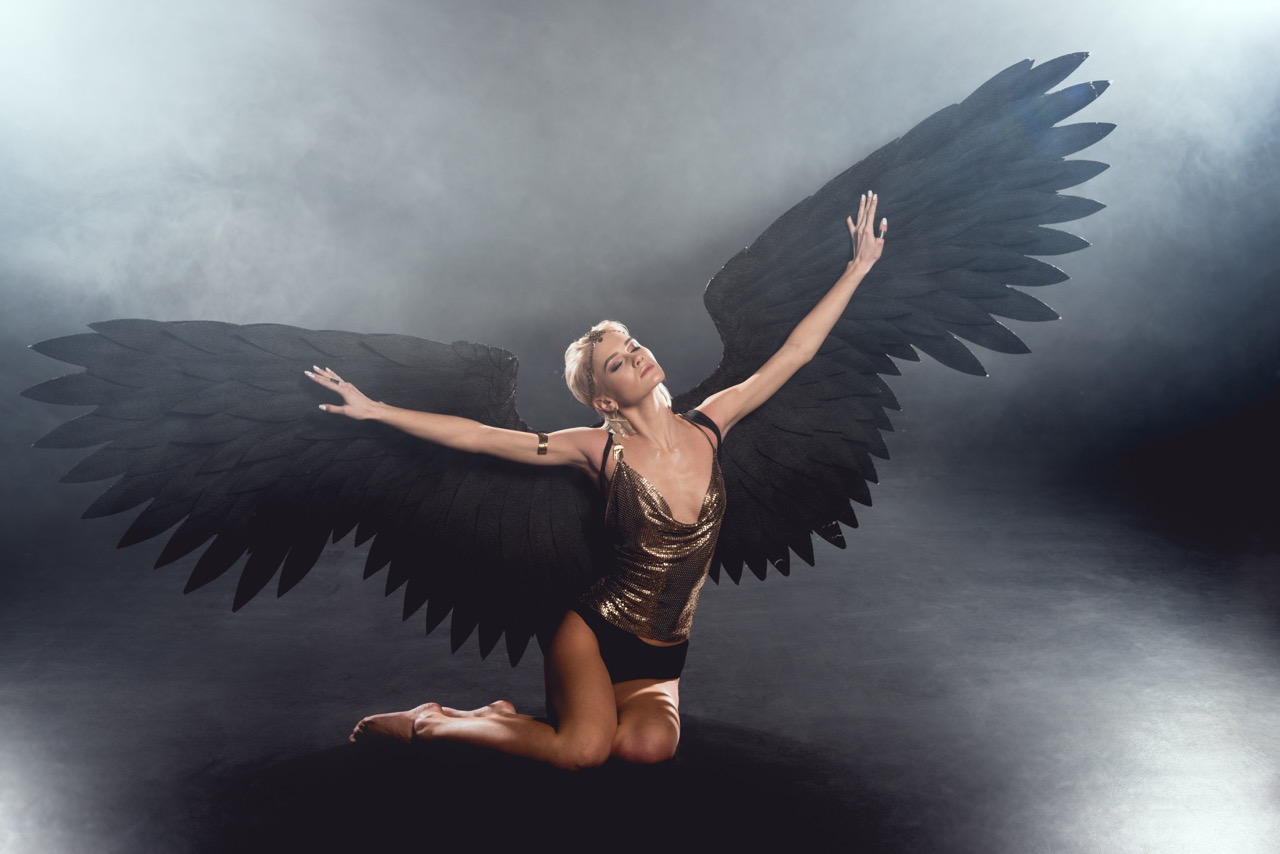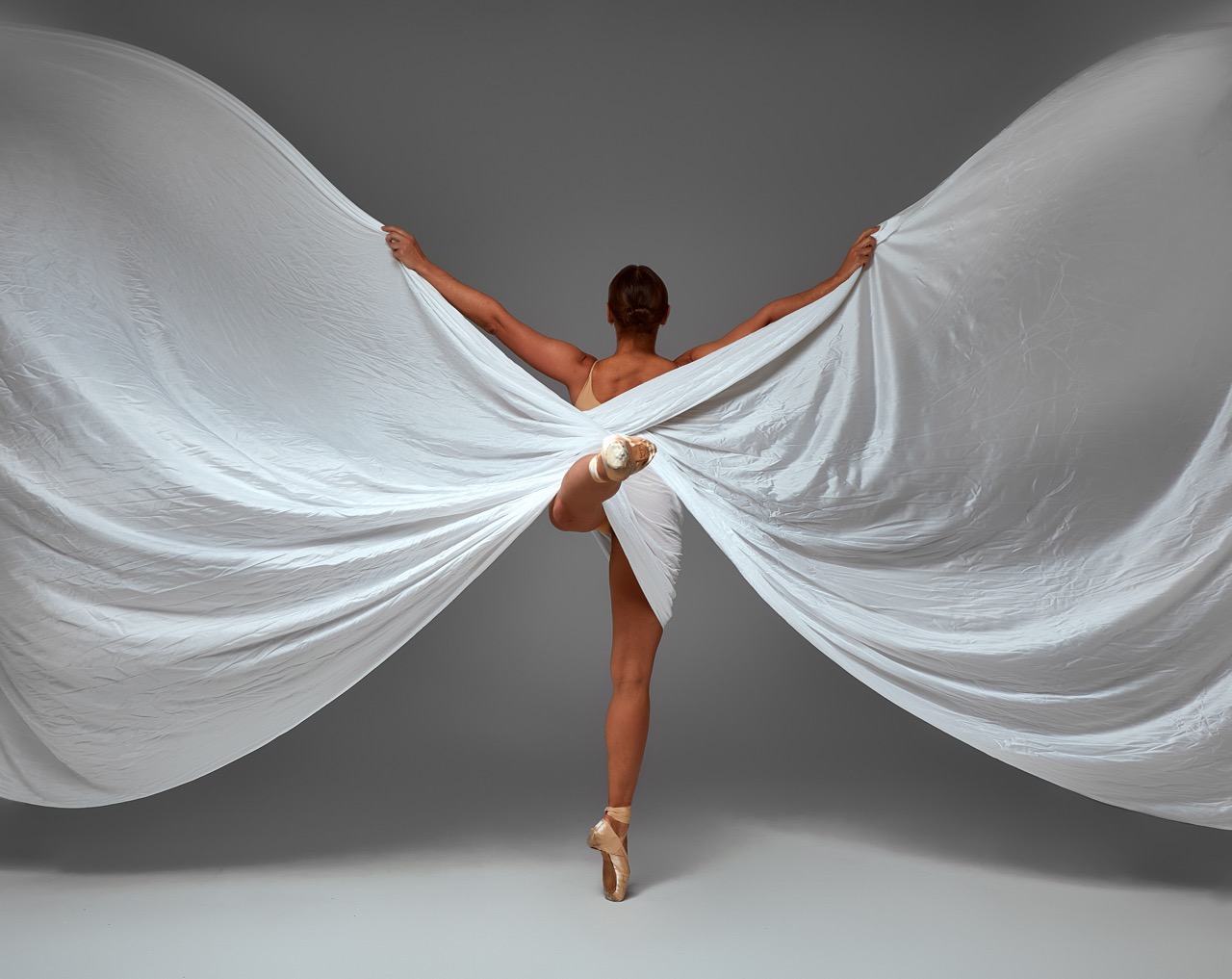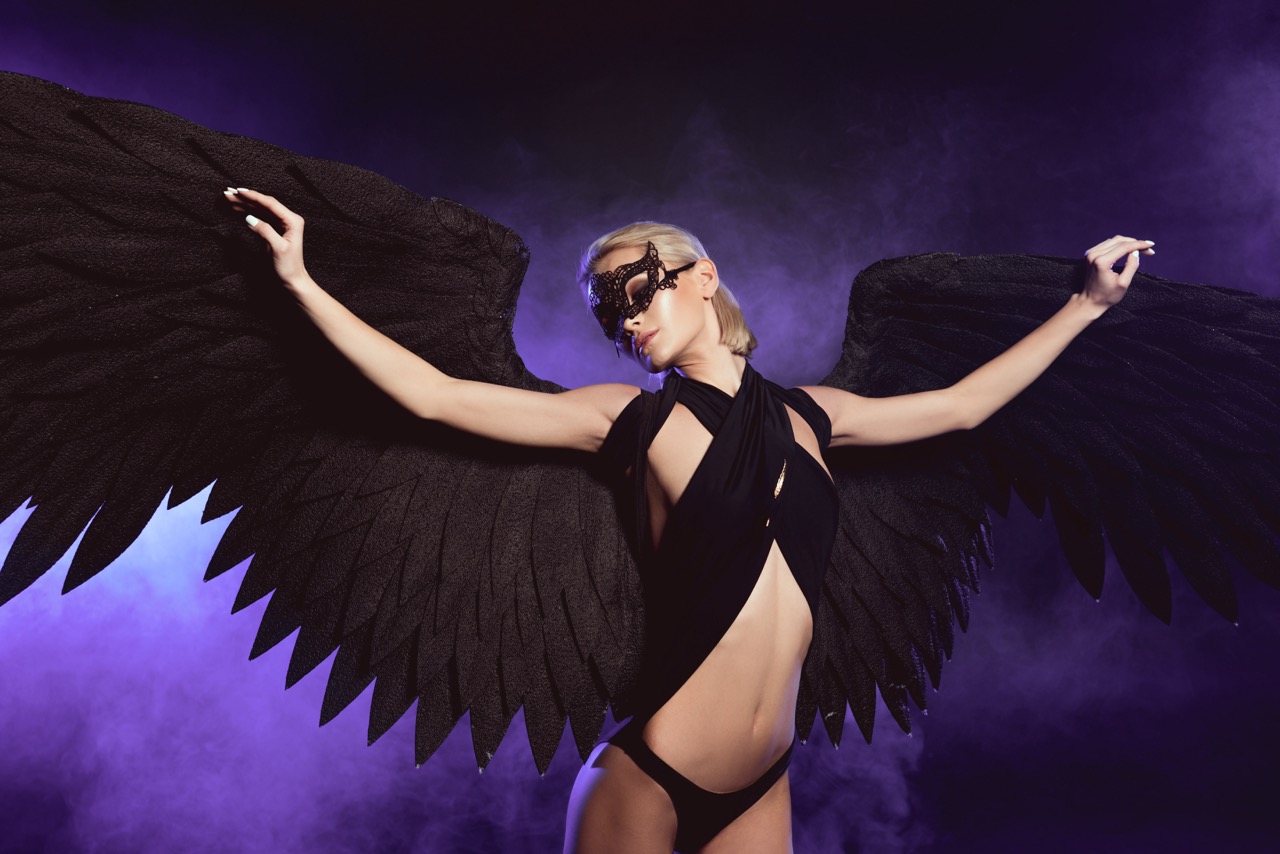In the ever-evolving landscape of performance art, the confluence of technology and creativity has birthed a groundbreaking phenomenon: the integration of robotics and dance wings. This unique blend not only enhances the visual spectacle of dance but also introduces a new realm of possibilities for artistic expression. As artists and engineers collaborate, the stage transforms into an arena of high-impact performances, where the fluidity of human movement meets the precision of robotic technology. The result is a captivating fusion that challenges traditional notions of dance and performance.
The Fusion of Technology and Art: A New Era in Dance
The marriage of robotics and dance has ignited a revolution in the world of performance art. Artists are now exploring the capabilities of robotic systems to create dynamic and interactive experiences that engage audiences in unprecedented ways. By incorporating robotic elements into dance routines, choreographers are pushing the boundaries of movement, allowing for intricate patterns and formations that would be impossible for human dancers alone. This synthesis of technology and art heralds a new era where innovation and creativity live in harmony.
Moreover, the integration of technology does not detract from the emotional core of dance. Instead, it enhances storytelling by adding layers of complexity. For instance, a robotic partner can execute precise movements that complement and elevate the nuances of human performance, creating a dialogue between man and machine. As these performances unfold, viewers are invited to ponder the relationship between technology and humanity, making for a richer, more thought-provoking experience.
This fusion also opens doors to new collaborations among artists, engineers, and designers. With interdisciplinary teams coming together, the possibilities for creative expression are limitless. As these diverse talents unite, they create works that resonate on multiple levels, allowing for a broader exploration of themes such as identity, connection, and the nature of movement itself. The stage has become a canvas for innovation, illustrating how the intersection of technology and art can lead to profound revelations about the human experience.
Designing Dance Wings: Innovation Meets Aesthetic Appeal
The design of dance wings represents a pinnacle of creativity and engineering, merging aesthetic appeal with cutting-edge technology. These wings, often crafted from lightweight materials such as carbon fiber and silk, are engineered to mimic the grace and fluidity of natural movement. Their design is not just about visual impact; it’s also about functionality, enabling dancers to incorporate expansive gestures that enhance their performances. When combined with robotics, these wings can be programmed to respond to the dancer’s movements, resulting in an immersive experience that captivates audiences.
The aesthetic aspect of dance wings often draws inspiration from nature, mythology, and cultural motifs. Designers are tasked with creating wings that are not only visually striking but also reflect the themes of the performance. For instance, ethereal designs can evoke feelings of transcendence, while bold, geometric shapes might suggest the power and precision of robotics. These artistic choices serve to deepen the audience’s emotional connection to the performance, making it a multi-sensory experience that transcends traditional boundaries.
As the technology behind dance wings continues to evolve, new materials and techniques are being developed to create even more sophisticated designs. Innovations such as LED lighting and responsive fabrics allow for enhanced visual effects, transforming the wings into dynamic elements that can change color and shape in real-time. This ongoing evolution ensures that dance wings remain at the forefront of artistic innovation, continually redefining the possibilities of movement and expression in contemporary dance.
Robots in Motion: Enhancing Performance with Precision
Incorporating robots into dance performances introduces a level of precision and control that is unmatched by human performers. Robots can execute complex sequences and movements with flawless accuracy, allowing choreographers to explore new dimensions of rhythm and symmetry. By leveraging advanced algorithms and sensors, robotic systems can interact with dancers in real-time, creating a synchronized performance that blurs the lines between human and machine. This technological partnership enhances not only the visual impact of the performance but also the emotional resonance, as both elements work together to tell a cohesive story.
The integration of robotics also allows for experimentation with unconventional movement styles. Dancers can take risks and push their physical limits, knowing that their robotic counterparts can adapt and respond accordingly. For example, a robotic arm can lift and support a dancer in ways that human strength alone cannot achieve. This collaboration encourages choreographers to think outside the box, creating routines that challenge traditional dance techniques and showcase the potential of human-robot synergy.
Furthermore, the use of robotics in performance art opens up discussions about the future of dance as an evolving form of expression. As technology advances, the possibilities for innovation become limitless. The incorporation of artificial intelligence can enable robots to learn and adapt, possibly even allowing them to create their own dance sequences. This prospect invites artists and audiences alike to question the nature of creativity and the role of technology in shaping the future of performance art.
The Future of Dance: Bridging Human Expression and Robotics
As we look toward the future, the potential for further exploration of human expression through robotics remains immense. The dialogue between dancer and robot is still in its infancy, with countless possibilities yet to be discovered. Choreographers are beginning to envision performances that incorporate interactive elements, where the audience can influence the movement of the robotic dancers, creating a unique experience for each performance. This level of interactivity invites a deeper connection between the audience and the art form, redefining the role of spectatorship in dance.
Moreover, the future of dance with robotics holds promise for inclusivity and accessibility. Innovations in robotics can empower dancers with physical limitations to participate in performances alongside their peers. Adaptive technology can be designed to accommodate various physical abilities, allowing for a broader range of expression and participation in the art form. This shift not only democratizes dance but also enriches the tapestry of performance art, showcasing diverse narratives that reflect the complexity of the human experience.
Ultimately, the convergence of robotics and dance offers a glimpse into a future where art and technology coexist harmoniously. As artists continue to experiment and innovate, the stage will become a testament to what can be achieved when creativity knows no bounds. The journey ahead promises to be one of collaboration, inspiration, and transformation—a vivid exploration of what it means to be human in an age defined by technological advancement.
The integration of robotics and dance wings represents a pivotal moment in the evolution of performance art. Through this innovative fusion, artists are redefining the boundaries of expression, captivating audiences with breathtaking performances that challenge the status quo. As the dialogue between technology and art continues to flourish, we are reminded of the endless possibilities that lie ahead. In this brave new world, where human creativity meets technological prowess, dance is poised to evolve into a dynamic form of storytelling that resonates profoundly with audiences for generations to come.


